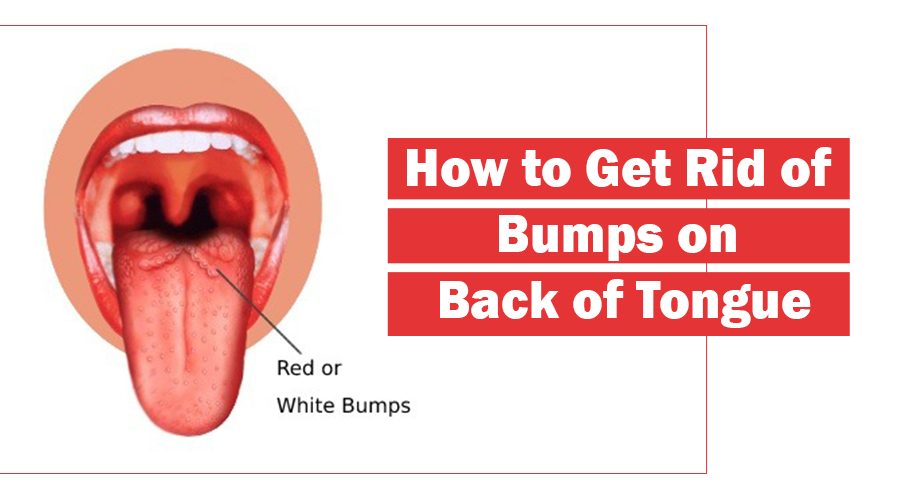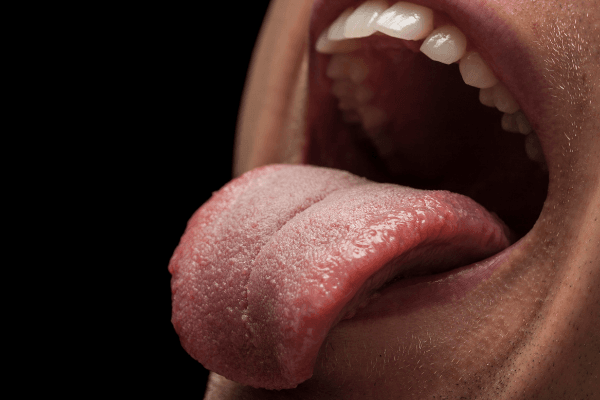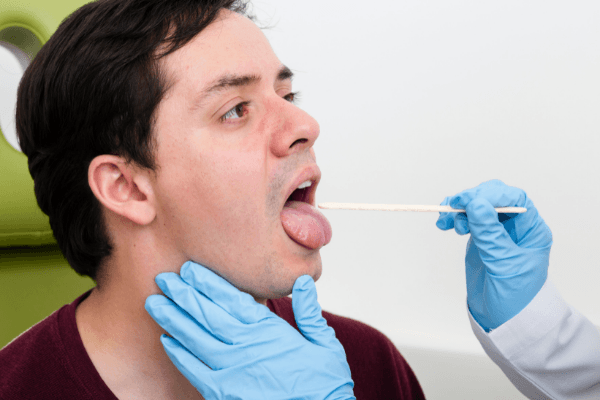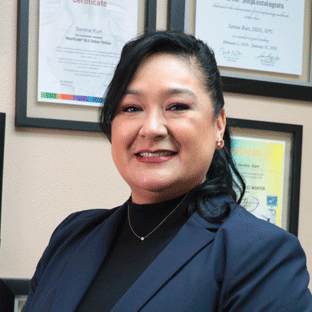Did you notice some weird bumps on the back of your tongue?
On our back of tongue, we all have scratches. These back of tongue bumps, known as fungiform papillae, are usually the same color as the rest of the tongue and contribute to a rough texture.
They include our taste buds as well as temperature sensors, making them vital to how we eat.
Thanks to your tongue, you can taste and enjoy that dish that your mom makes so well or that chocolate you love.
However, your tongue won’t always look pink and feel good. At some point, it might experience a change of appearance, which could be those bumps on the back of your tongue.
And, since they appear in a spot we don’t pay too much attention to, you might feel like picking a bit, but that’s why we’re here. To know how you get rid of them, you should first understand what causes them. Stick around to learn more.
Signs for Bumps on Back of Tongue
Other signs that can follow bumps on the back of the tongue, depending on the condition that causes them, include:
- You feel pain when eating or swallowing.
- You have white areas on the insides of the lips, the tongue, and the back of the throat.
- You have some redness inside your mouth.
- The bump causes you to bleed.
- You have difficulty speaking or moving your tongue.
- Pain in your mouth or tongue
- You have a lump or inflammation in the neck.
- Your body aches.
- Having a fever
- Feeling unwell
- white patches
- small bumps
- scarlet fever
- fungiform papillae
- red or white bumps
What’s the Cause of Bumps on the Back of Your Tongue?
The following are some of the most common causes of bumps on the back of the tongue:
Temporary papillitis of the tongue
Although it has a name, you probably won’t remember. This condition is quite common. A single painful raised red or white bump on the tongue is the most common symptom.
Local inflammation or damage to the papillae is the most common cause. Stress, hormone fluctuations, gastrointestinal irritation, and some foods are all potential causes.
Canker sores
These are essentially ulcers (open sores) on the tongue or in the mouth. The center is white or black, with red around the edges.
Canker sores are more likely to occur with some foods, infections by accidentally chewing the tongue.
Oral thrush
Oral thrush, which results from the fungus Candida, appears as creamy white patches with red lesions on occasion. These patches will start on your tongue and spread to other parts of your mouth and throat.
Cold sores
Blisters that grow on or near the lips, as well as inside the mouth, are painful. Infection of the herpes simplex virus type 1 causes this condition.
Leukoplakia
The tongue develops irregularly colored white or gray spots as a result of this disorder. The cause is quite unclear, but it does have a connection to the use of tobacco or smokeless tobacco.
It’s often linked to substance dependence and can be caused by repeated damage to the tongue, such as that caused by dentures.
Oral cancer/tongue cancer
When normal cells in the tongue transform into abnormal cells and develop out of control, tongue cancer can occur. It’s possible that people with leukoplakia could develop this condition.
herpes simplex virus
How Do You Get Bumps on Back of Tongue Diagnose?
Tongue bumps are reddish-white raised areas on the middle or back of the tongue, but they can also appear on the side or front.
Besides being annoying, they can also be very versatile.
They can even be yellowish in color if they’re infected. Tongue bumps often cause a burning sensation in the mouth, making eating and speaking difficult.
A visual examination and the signs usually are enough for your dentist in San Diego to detect tongue bumps.
How Can You Treat Bumps on Back of Tongue?
The cause of the bump determines the type of treatment. Oral thrush can be treated with antifungal drugs, whereas most bacterial infections require antibiotics.
Some problems, such as lie bumps, will go away on their own. While herpes is incurable, antiviral medications may help prevent new outbreaks.
Since certain medical conditions may weaken the immune system and make tongue bumps more likely, checking for conditions such as diabetes can be part of the treatment.
The risk of bumps on back of tongue returning can be reduced if you properly treat these conditions.
Any home remedies can help, regardless of the cause of the bumps. There are some of them:
- If the bumps go down, stay away from acidic and spicy foods.
- Try to consume large amounts of water.
- Make mouthwashes with warm salt water and baking soda on a daily basis.
- Topical analgesics are used to alleviate pain. Some drugs, such as canker sore medicine and oral numbing gels, are available at any pharmacy or online.
- If the bumps go down, avoid mouthwashes that contain alcohol. On the internet, you can find a variety of non-alcohol mouthwashes.
As always, good oral health can help prevent bumps from being infected or painful and reduce the risk of them appearing. You should maintain good oral hygiene by:
- Cleaning your teeth by brushing them twice per day and flossing once a day.
- Visiting a dentist in San Diego twice a year.
- Stay away from foods that irritate the gums.
- Reduce the consumption of sugary snacks and foods that cause tooth decay.
- Quitting smoking and abstaining from chewing tobacco and other related drugs.
- Limit alcohol consumption.
- Addressing any underlying medical conditions, such as diabetes.
Bumps on back of tongue can appear for many reasons, but they’re mostly indicators of something else. It’s essential that you don’t let this type of issue slide and treat it instead at home or better by visiting a dentist in San Diego.
Dr. Serena Kurt can help you determine the cause and treatment for these unpleasant bumps, so you can stop worrying about them.





